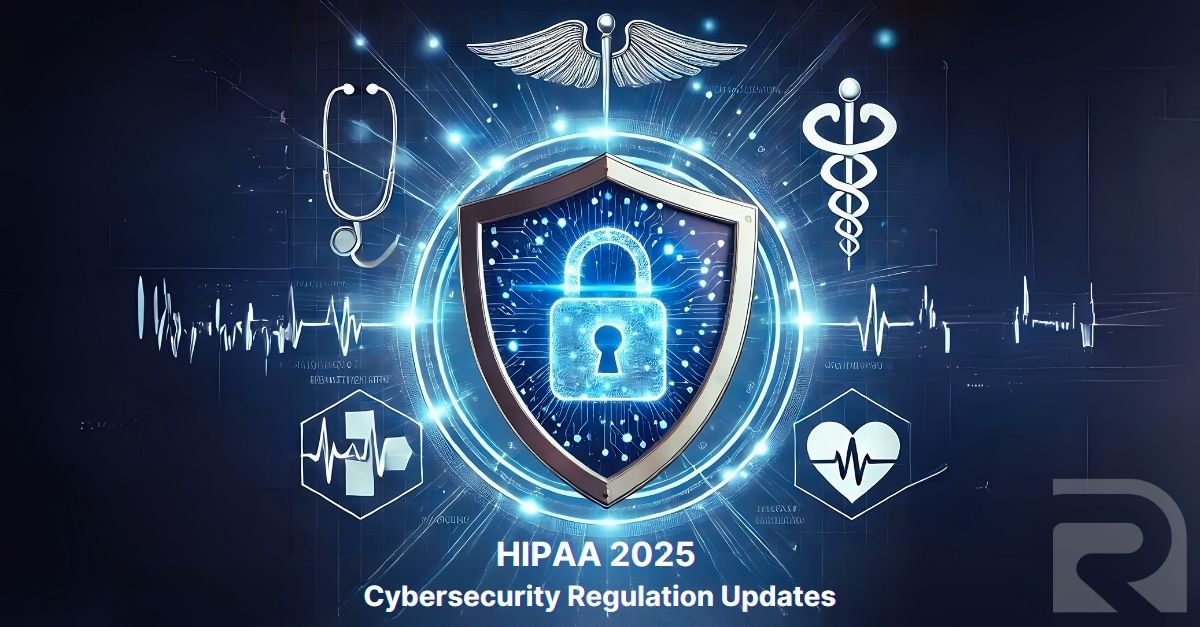New HIPAA 2025 Regulations: What You Need to Know

Healthcare organizations across the United States are preparing for the most significant update to the HIPAA Security Rule in over a decade. These changes, effective in 2025, aim to strengthen the cybersecurity of electronic protected health information (ePHI) in response to evolving threats and technological advancements. If you handle patient data, understanding and complying with these regulations is critical. Here’s a breakdown of the most important updates.
Proposed Updates to the HIPAA Security Rule
On January 6, 2025, the U.S. Department of Health and Human Services (HHS) issued a Notice of Proposed Rulemaking to strengthen the HIPAA Security Rule. These proposed changes are currently open for public comment until March 7, 2025. If finalized, they are expected to significantly impact healthcare organizations' cybersecurity practices, with HHS estimating an annual compliance cost increase of approximately $4.6 billion for regulated entities.
Key proposed modifications
Mandatory Implementation Specifications: The proposal seeks to eliminate the distinction between "required" and "addressable" implementation specifications, making all specifications mandatory with limited exceptions. Enhanced Administrative Safeguards: Regulated entities would be required to develop a comprehensive technology asset inventory and a network map illustrating the movement of ePHI within their systems. Additionally, entities must conduct regular internal audits of Security Rule compliance and implement more rigorous contingency planning and incident response procedures. Technical Safeguards: The proposed rule emphasizes the adoption of advanced technical measures, such as multi-factor authentication and enhanced encryption standards, to better protect ePHI against unauthorized access and cyber threats.
Alignment of 42 CFR Part 2 with HIPAA
In 2024, HHS finalized a rule to align the Confidentiality of Substance Use Disorder (SUD) Patient Records regulations (42 CFR Part 2) more closely with HIPAA. This alignment aims to facilitate better care coordination while maintaining stringent privacy protections for individuals undergoing SUD treatment. Key aspects of this alignment include: Simplified Consent Process: Patients can now provide a single consent for the use and disclosure of their SUD treatment records, streamlining the process for sharing information with covered entities and business associates involved in their care. Enhanced Breach Notification Requirements: The penalties for non-compliance with 42 CFR Part 2 now align with HIPAA’s penalties, including the possibility of civil and criminal penalties, with fines reaching up to $1.5 million per violation. Breach notifications will become more stringent, requiring providers to notify affected individuals, the Department of Health and Human Services (HHS), and in some cases, the media, depending on the number of records involved.
Strengthening Reproductive Health Information Privacy
In response to evolving legal landscapes and concerns over reproductive health information privacy, HHS updated the HIPAA Privacy Rule in 2024 to provide additional protections for reproductive health information. The final rule prohibits the use or disclosure of PHI when it is sought to investigate or impose liability on individuals, health care providers, or others who seek, obtain, provide, or facilitate reproductive health care that is lawful under the circumstances in which such health care is provided. The compliance date for these requirements is December 23, 2024, with updates to HIPAA Notices of Privacy Practices required by February 16, 2026.
How to Prepare for the 2025 HIPAA Changes
To stay ahead of the new regulations, healthcare organizations should take the following steps: - Conduct a Gap Analysis: Identify areas where your current practices fall short of the new requirements. - Develop a Technology Asset Inventory and Network Map: Ensure complete visibility into your IT systems. - Strengthen Security Measures: Implement encryption, MFA, and access controls if not already in place. - Enhance Incident Response Plans: Develop and test clear protocols for handling data breaches. - Educate Staff: Provide ongoing training to ensure employees understand their roles in maintaining compliance.
Closing Thoughts
These updates reflect a concerted effort to enhance the privacy and security of health information in response to technological advancements and emerging threats. Healthcare organizations are advised to review these proposed and finalized changes carefully and take appropriate steps to ensure compliance within the stipulated timelines.
